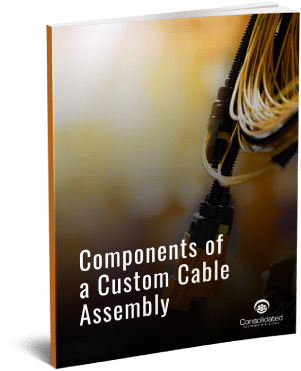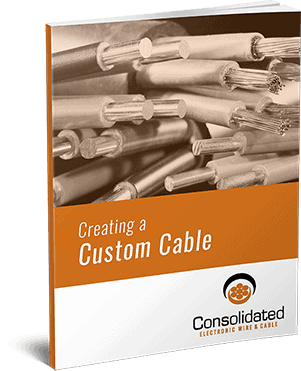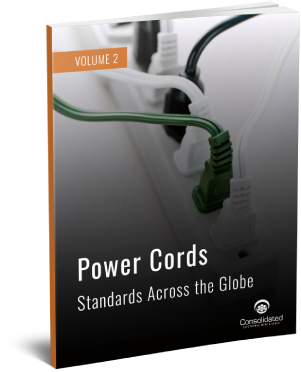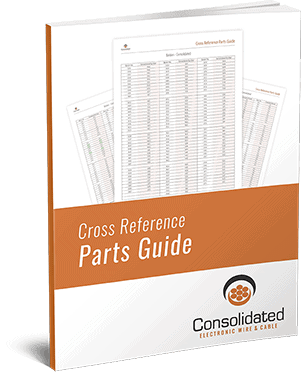An electrical cable is of two or more wires, or conductors, that form a single cable assembly from the wires being twisted, bonded or braided together. With these cables, stranding the wires can produce a more flexible product. This is when twisting or braiding is used within an assembly. The formation of smaller wires is more flexible than a single one that is of the same size. Usually the wires are of copper and either bare or thinly plated with another metal like tin, gold or silver in an effort to extend the wire’s life. Plating also makes soldering easier and offers between-strand lubrication.
There are quite a few types of electrical cables, and the one chosen truly depends on the application it is being used for. As an example, many older homes have electrical systems based on use of single conductor wires, but newer homes and other more recent applications will use multi conductor cables because they are more convenient to use.
You’ll find cables used most in the home and for power and signal circuits in electronic devices. Building wiring primarily uses cables for all permanent lighting, power and control circuits. In this case, a cable installation includes all circuit conductors at once and this saves on labor time and money over other wiring options. Electrical cable can also be referred to as electronic wire or cable, multi-conductor cable, or single conductor cable, among other names.
As mentioned, there are numerous kinds of cables on the market today. These include general line wire and cable, guitar or microphone cable, hook-up wire, local area network (LAN) cable, coaxial/coax/broadcast cable, data grade cable, flat cable, multi-conductor, multi-pair, plenum, process control, security/fire protection, tinned copper braid, speaker, portable cordage/lamp cord, magnet wire, bare nickel chromium (BNC), copper wire/bus bar wire, or ribbon cable.
General line wire and cable is multipurpose for applications such as lamps and antenna cords and used throughout many industries. Hook-up wire, a single insulated conductor, works well in low-voltage and low-current applications like appliances, computer internal wiring and meters. There are two types of LAN cable: standard to connect a computer to a router and crossover to connect two computers to each other. Plenum cable features a low-smoke and low-flame insulation and is required in any air handling space, as you find in an office using the ceiling space to return air to the AC.
Process control is just as it sounds–it measures, controls or regulates for process automation purposes and is highly flexible in nature. A coaxial cable has an inner conductor under a tubed insulator that’s all wrapped in a tubed conducting shield. Most will also have an insulating outer or jacket. These are a must-have for entertainment centers or surround sound systems. Ribbon types are perfect for when the application requires many wires because they can easily house many wires while remaining flexible for low-level voltage.
With so many electrical cable options and styles on the market today, whatever the application, there is always one that will work best. After gathering the number of wires required, the voltage needed and the physical environment in which the cables or wires will live, you can confidently determine which variation will succeed without error.

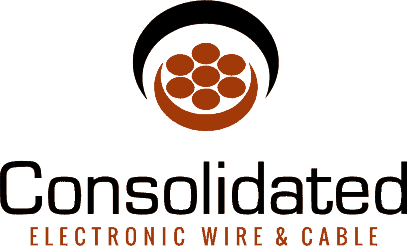


 () Quote Cart
() Quote Cart